Travelers often select destinations based on their culinary reputation, planning journeys around legendary street food scenes, Michelin-starred restaurants, or distinctive regional specialties. Yet many of these same food capitals offer another feast entirely—one for the eyes rather than the palate. The harmonious combination of extraordinary cuisine and remarkable architecture creates a multisensory experience that satisfies our most fundamental human cravings for both nourishment and beauty.
Here is a list of 20 destinations that might initially attract you with their gastronomic promises but will ultimately captivate you with their architectural wonders.
Barcelona, Spain

The Catalan capital draws food enthusiasts with its legendary tapas culture, fresh seafood paella, and the bustling La Boqueria market overflowing with Iberian ham and local produce. Beyond the plate, Barcelona reveals itself as an open-air museum of architectural innovation, from Antoni Gaudí’s organic masterpieces like the still-unfinished Sagrada Família to the modernist Block of Discord where competing architects created adjacent showpieces.
The city seamlessly blends medieval Gothic quarters with cutting-edge contemporary structures, creating a visual feast that rivals its culinary one.
Tokyo, Japan

This global food mecca boasts more Michelin stars than any other city, alongside humble ramen shops and centuries-old traditions of sushi craftsmanship and kaiseki precision. The architectural landscape proves equally impressive with its contrasting elements—ancient Buddhist temples nestled beside futuristic skyscrapers like the Mori Tower and the Kengo Kuma-designed Olympic stadium.
Tokyo’s built environment embraces impermanence and innovation, from metabolist structures designed for replacement to microarchitecture that maximizes tiny spaces with ingenious efficiency.
Like Travel Pug’s content? Follow us on MSN.
Mexico City, Mexico

The sprawling capital lures culinary travelers with vibrant markets, street-side taquerias, and high-end restaurants reimagining ancient ingredients like huitlacoche and chapulines. The city’s architectural story spans from pre-Columbian pyramids at Teotihuacan to colonial cathedrals built atop Aztec temples and modernist masterpieces by Luis Barragán, whose use of color and light transformed concrete into emotion.
Contemporary architects continue this legacy with structures like the Soumaya Museum, whose curved aluminum facade houses one of Latin America’s most important art collections.
Istanbul, Turkey

This transcontinental city entices with its fusion of Middle Eastern and Mediterranean cuisines, from fragrant kebabs to honey-drenched baklava and fresh-caught fish along the Bosphorus. The skyline tells the story of civilizations in stone and tile, most dramatically where the Hagia Sophia—originally a Byzantine church, later an Ottoman mosque, now a functioning mosque again—displays its massive dome and golden mosaics.
The city layers Byzantine, Ottoman, and contemporary architecture into a cohesive narrative where minarets and modern towers share the dramatic peninsula between two continents.
Bologna, Italy
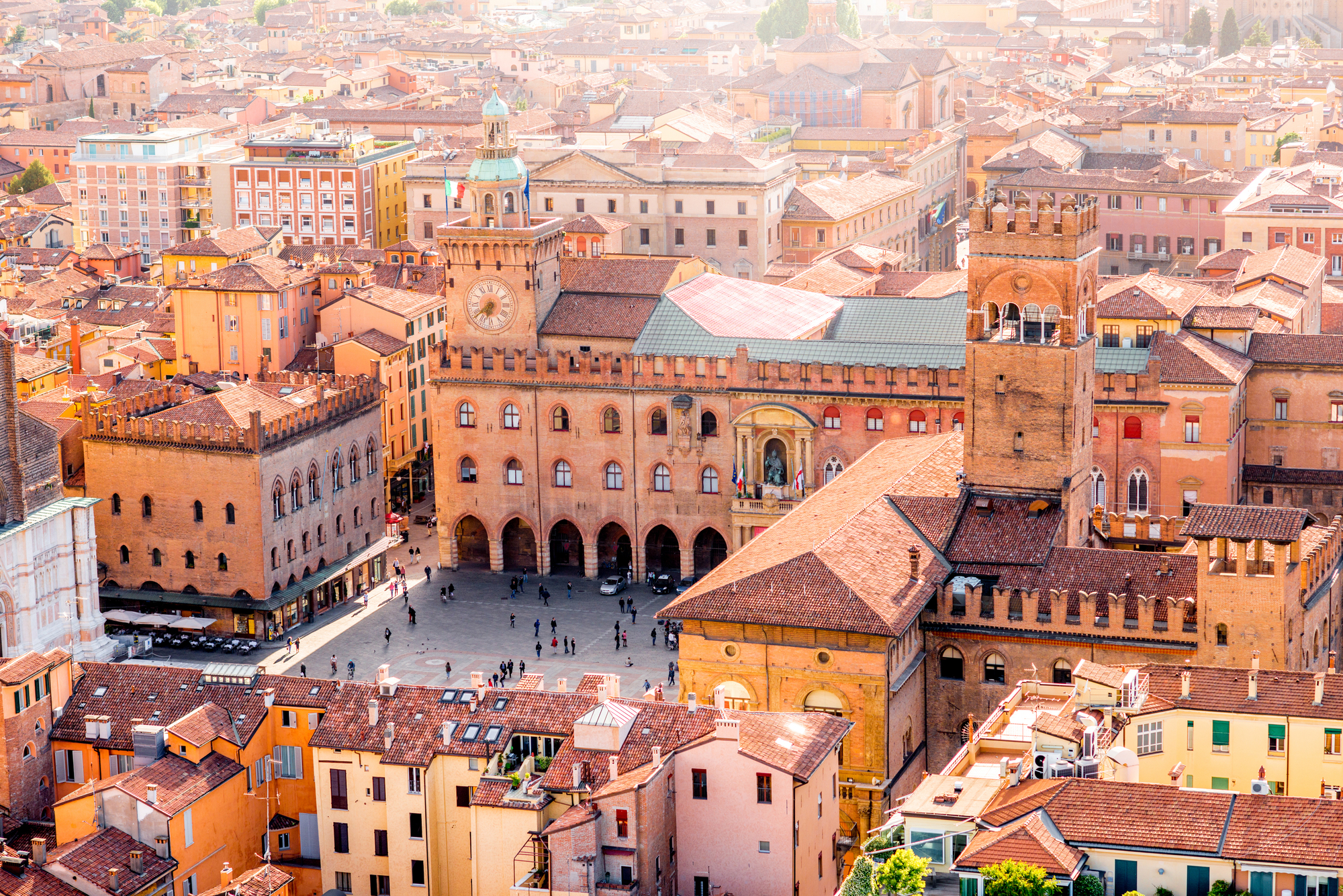
Often overlooked for more famous Italian destinations, this northern city earns its nickname ‘La Grassa’ (The Fat One) through rich meat sauces, fresh egg pasta, and aged Parmigiano-Reggiano from the surrounding Emilia-Romagna region. The city’s architectural identity centers on its nearly 40 kilometers of porticoes—covered walkways that have sheltered pedestrians since medieval times and recently received UNESCO recognition.
The red terracotta buildings and towers that give Bologna its warm glow include Europe’s oldest university, founded in 1088, and the unfinished Basilica of San Petronio with its distinctive half-marble facade.
Like Travel Pug’s content? Follow us on MSN.
Lyon, France

This gastronomic capital forms the heart of French culinary tradition through its historic bouchons serving Lyonnaise specialties like quenelles and pink praline tarts, alongside pioneering chefs who reinvent the cuisine. The city stretches across two rivers and two millennia of architectural history, from remarkably intact Roman amphitheaters to Renaissance mansions in Vieux Lyon connected by secret passageways called traboules.
Contemporary additions like the confluent-shaped Musée des Confluences demonstrate how Lyon continues to evolve visually while honoring its heritage.
Singapore
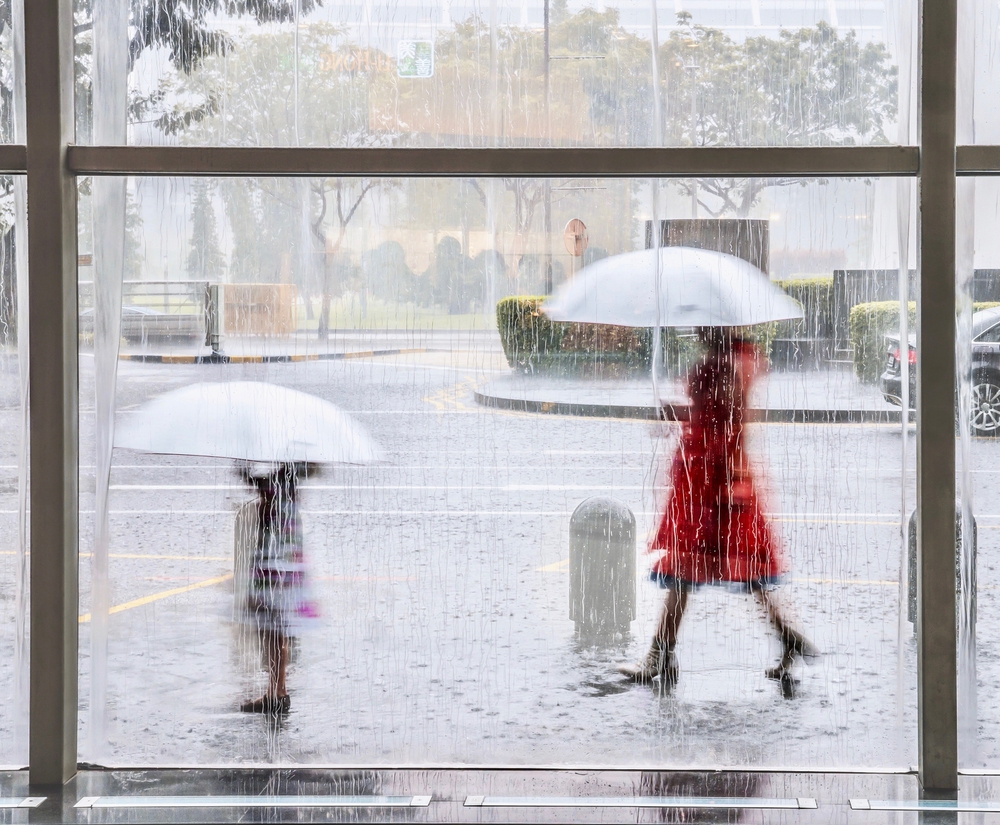
This island city-state has transformed into a global dining destination where Michelin-starred restaurants share food center space with hawker stalls serving chicken rice and laksa for just a few dollars. Singapore’s architectural ambition matches its culinary diversity, with structures like Marina Bay Sands—three towers connected by a ship-like SkyPark—and the biodome conservatories of Gardens by the Bay defining its futuristic skyline.
The city juxtaposes colonial-era shophouses and ornate Chinese temples with some of Asia’s most innovative green buildings designed to accommodate tropical conditions.
Copenhagen, Denmark

The Danish capital pioneered New Nordic cuisine through restaurants like Noma, revolutionizing global food culture with hyperlocal, seasonal ingredients and ancient techniques like fermentation and foraging. The city’s architectural identity balances historic copper spires and colorful Nyhavn harbor buildings with cutting-edge contemporary structures like the Black Diamond royal library and the dramatic Blue Planet aquarium.
Danish design principles of simplicity, functionality, and human scale inform both the food and architecture, creating environments where comfort and beauty coexist in perfect proportion.
Like Travel Pug’s content? Follow us on MSN.
Lima, Peru
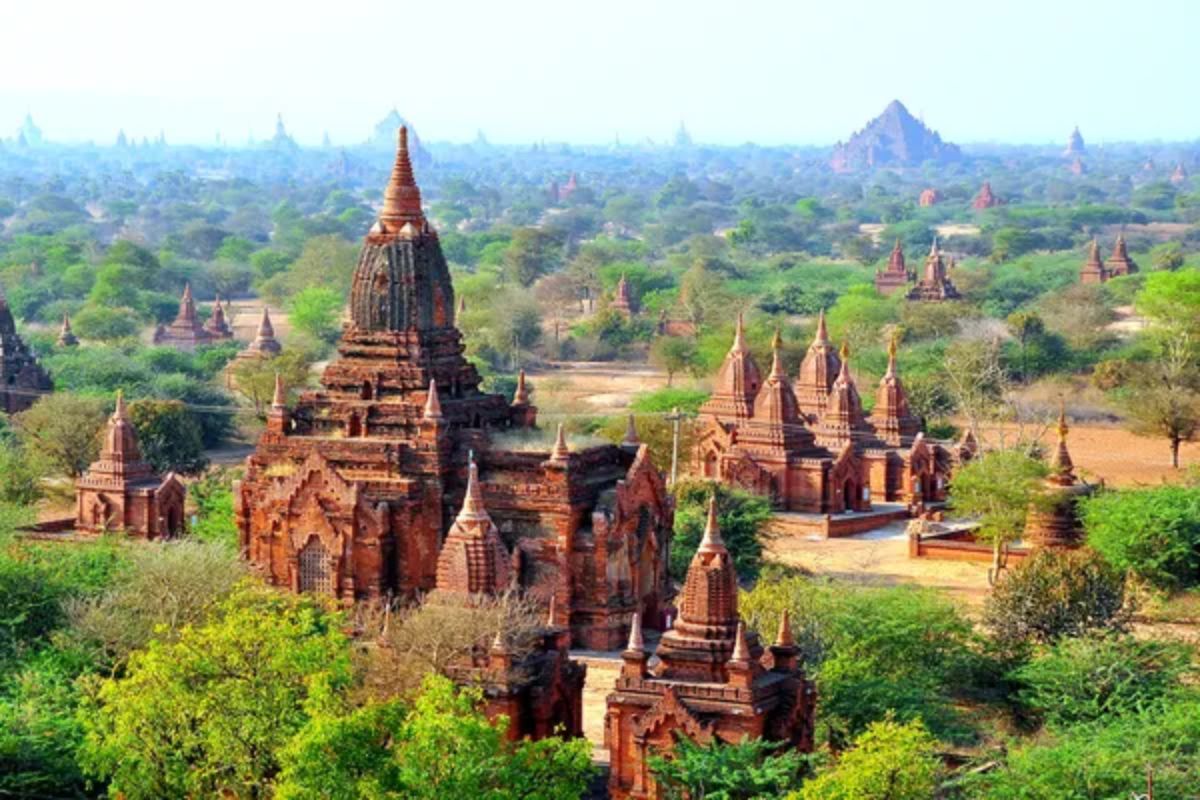
The coastal capital has emerged as South America’s culinary epicenter, where ancient Incan ingredients meet Spanish, African, Chinese, and Japanese influences in dishes like ceviche and lomo saltado. Lima’s architectural landscape spans numerous civilizations, from pre-Columbian huacas (sacred pyramids) integrated into urban neighborhoods to colonial Spanish baroque churches in the UNESCO-listed historic center.
The city’s distinctive cliff-top neighborhoods in Miraflores and Barranco feature both traditional Republican-era mansions and innovative contemporary structures that frame dramatic Pacific Ocean views.
Kyoto, Japan
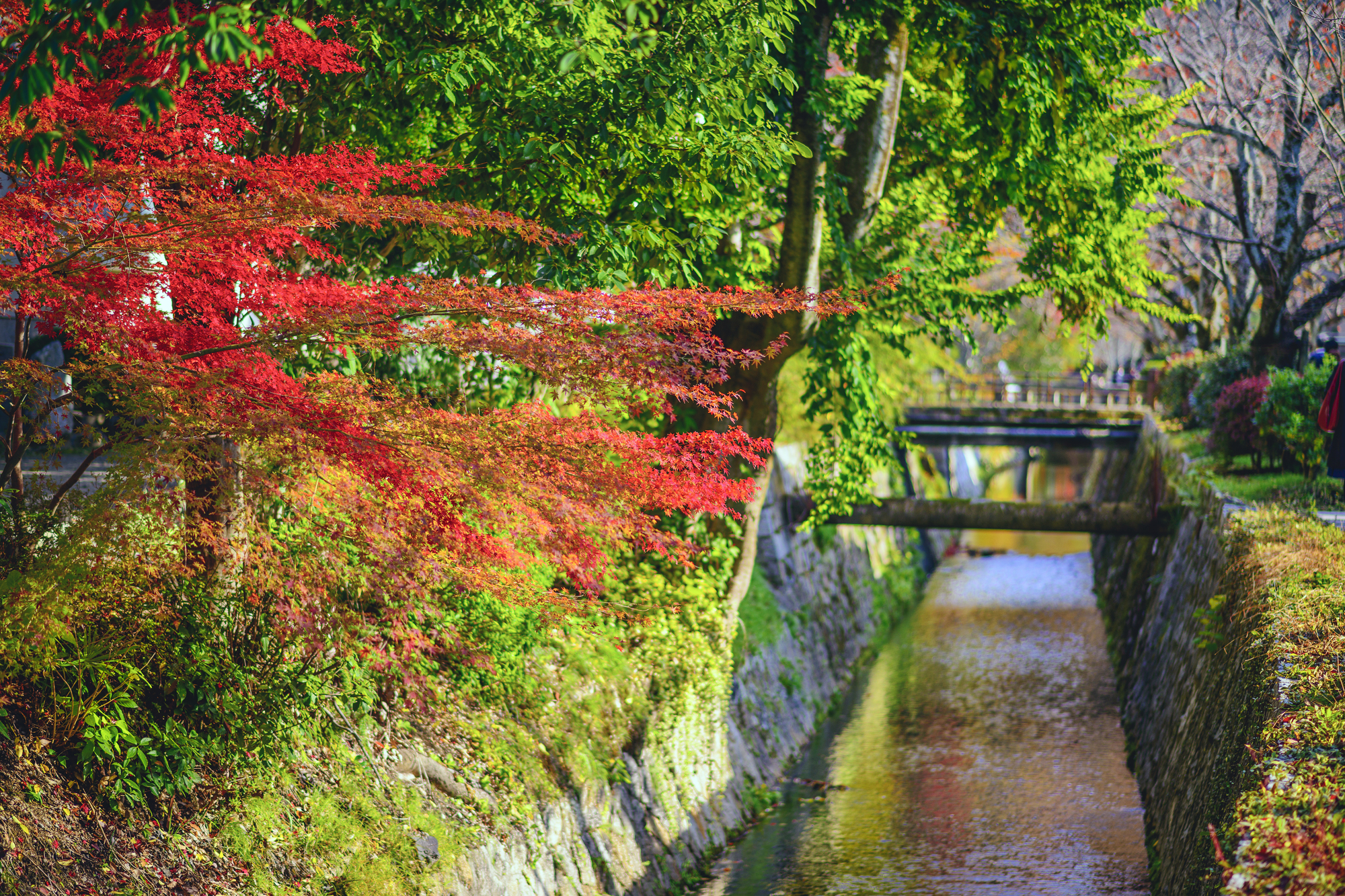
Japan’s former imperial capital preserves traditional kaiseki cuisine—multi-course meals emphasizing seasonality, presentation, and balance—alongside yudofu (tofu) restaurants near mountain temples and matcha tea ceremonies. The city escaped bombing during World War II, preserving thousands of wooden temples, shrines, and machiya townhouses that embody Japanese architectural principles of harmony with nature and seasonal awareness.
Contemporary architects like Tadao Ando have added minimalist concrete masterpieces that dialogue respectfully with the ancient city’s refined aesthetic sensitivity.
New Orleans, Louisiana
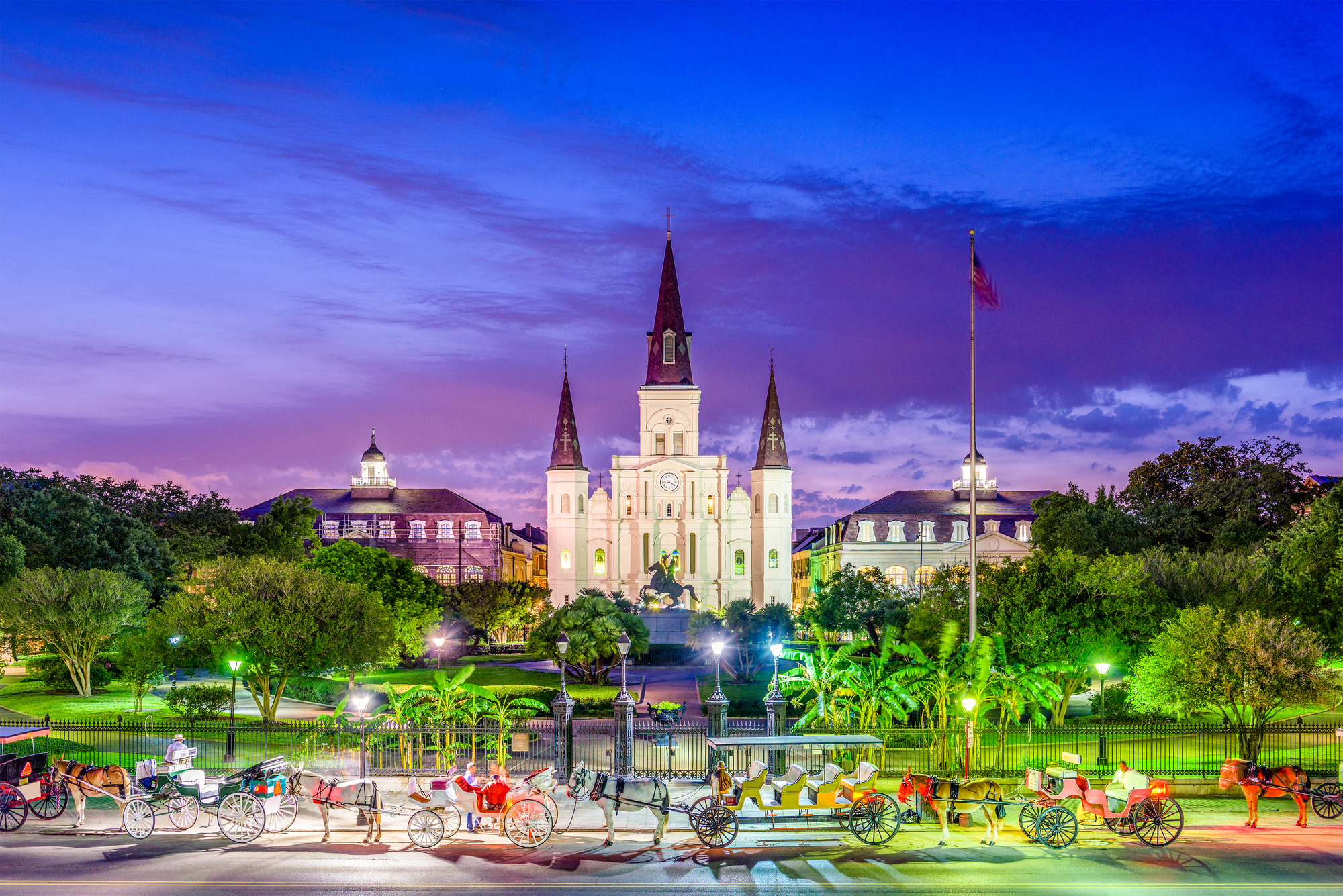
The Crescent City’s distinctive cuisine blends French, Spanish, African, and Caribbean influences into uniquely local specialties like gumbo, jambalaya, and beignets dusted with powdered sugar. The architectural heritage proves equally unique, particularly in the French Quarter, where Creole townhouses feature ornate cast-iron balconies and hidden courtyards influenced by multiple colonial powers.
Throughout the city, raised shotgun houses and grand Garden District mansions create a built environment unlike anywhere else in America, reflecting the city’s multicultural history and resilience.
Like Travel Pug’s content? Follow us on MSN.
Oaxaca, Mexico
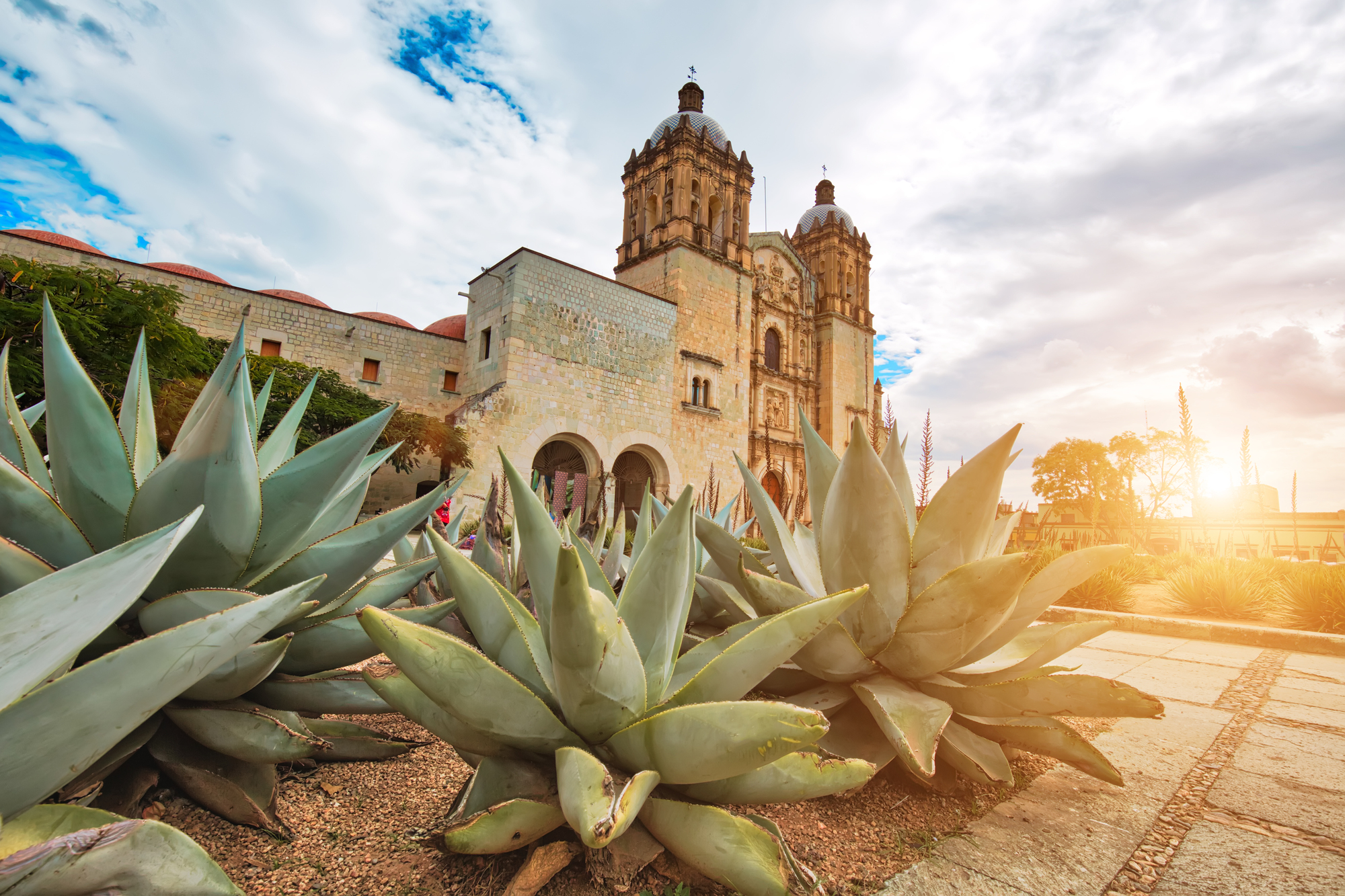
This southern Mexican state attracts culinary pilgrims with its seven legendary moles, tlayudas topped with stringy quesillo cheese, and mezcal produced from diverse agave varieties. The architectural treasures range from pre-Hispanic Monte Albán’s precisely aligned pyramids to the baroque Santo Domingo church with its gilded interior and the attached former monastery now housing a world-class museum. The city center maintains its 16th-century grid pattern with buildings in green cantera stone, while indigenous villages maintain traditional adobe building techniques that have survived centuries.
Chengdu, China
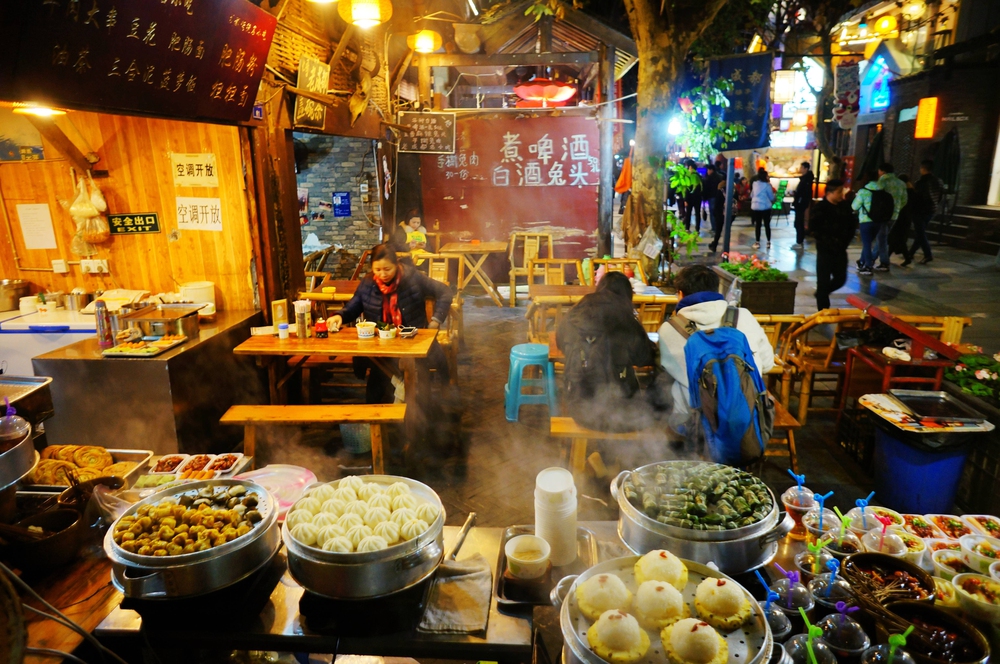
The capital of Sichuan province lures food lovers with its legendary spicy cuisine featuring málà (numbing-hot) peppercorn flavors in dishes like mapo tofu and hot pot shared among friends. The laid-back city balances ancient heritage with dramatic modernization, exemplified by the Taoist Qingyang Temple with its 1,600-year history standing near the futuristic New Century Global Center—one of the world’s largest buildings.
Traditional teahouses operate alongside cutting-edge structures like Zaha Hadid’s undulating Chengdu Contemporary Arts Centre, creating a city that honors tradition while embracing architectural innovation.
Porto, Portugal

The historic center overlooking the Douro River entices visitors with hearty northern Portuguese specialties like tripas à moda do Porto and francesinha sandwiches, accompanied by its eponymous fortified wine. The UNESCO-recognized riverside quarter features colorful historic buildings climbing steep hills, connected by double-deck iron bridges, including Gustave Eiffel’s Dom Luís I Bridge.
The city showcases architectural masterpieces from numerous eras, from baroque churches covered in blue azulejo tiles to the contemporary Casa da Música concert hall designed by Rem Koolhaas as an irregular polyhedron of white concrete.
Like Travel Pug’s content? Follow us on MSN.
Mumbai, India

India’s financial capital offers an extraordinary street food scene featuring vada pav (potato fritters in rolls), pav bhaji, and chaat, alongside distinctive regional cuisines representing every part of the subcontinent. The city’s architectural heritage tells stories of colonial power and indigenous adaptation through Victorian Gothic landmarks like the Chhatrapati Shivaji Terminus railway station, with its fusion of British and Indian details.
Contemporary Mumbai continues adding to its vertical profile while maintaining distinctive neighborhoods where Art Deco apartment buildings line Marine Drive and centuries-old temples share streets with gleaming financial towers.
Vienna, Austria

The imperial capital maintains culinary traditions through its coffee house culture, Sachertorte chocolate cake, and schnitzel, elevating comfort food to an art form. Vienna’s architectural grandeur reaches its apex along the Ringstrasse boulevard, where the Habsburg family commissioned an array of neoclassical, neo-Renaissance, and neo-Gothic buildings to replace the city walls in the 1860s.
Modern Vienna balances preservation with innovation through projects like the reimagined MuseumsQuartier cultural district and Friedensreich Hundertwasser’s famously whimsical social housing complex with its undulating floors and roof gardens.
George Town, Malaysia

This UNESCO-protected city on Penang Island offers one of Asia’s most exciting street food scenes, where Chinese, Malay, and Indian traditions blend in hawker centers serving char kway teow noodles and asam laksa. The architectural heritage equally reflects this cultural fusion through Chinese clan houses, European colonial buildings, and mosques that have coexisted for centuries in remarkable harmony.
Elaborate shophouses feature five-foot walkways providing covered passage from tropical downpours, while contemporary structures and street art installations respect the historic urban fabric while adding modern layers.
Like Travel Pug’s content? Follow us on MSN.
São Paulo, Brazil

South America’s largest city has developed a sophisticated culinary identity incorporating influences from its many immigrant communities, from Italian and Japanese to Lebanese and indigenous Brazilian. The sprawling metropolis features architectural standouts across numerous styles, from the neo-Gothic Sé Cathedral to modernist masterpieces by Brazilian architects like Lina Bo Bardi, whose SESC Pompéia cultural center transformed a former factory into a brutalist community space.
The city’s architectural ambition matches its vertical scale, with innovative contemporary structures addressing challenges of density, transportation, and sustainability.
Marrakech, Morocco

The Red City seduces visitors with aromatic tagines, flaky pastilla, and mint tea served in settings ranging from humble street stalls to lavish palace restaurants. The architectural wonders begin with the 12th-century Koutoubia minaret and extend to countless riads—traditional houses with interior courtyards that create private oases within the densely packed medina.
Marrakech balances preservation with innovation through contemporary projects like the striking terracotta Yves Saint Laurent Museum, whose brick exterior references traditional djellaba fabric while creating thoroughly modern interior spaces.
Charleston, South Carolina

This southern harbor city has revitalized interest in traditional Lowcountry cuisine featuring fresh seafood, Carolina Gold rice, and Gullah influences preserved from West African culinary traditions. The architectural character comes through its remarkably preserved historic district, where Rainbow Row’s pastel Georgian townhouses and grand antebellum mansions feature distinctive side piazzas (porches) designed to catch sea breezes.
The city strictly regulates new construction while accommodating thoughtful contemporary additions that respect Charleston’s architectural vocabulary of shutters, ironwork, and elevated living spaces.
Like Travel Pug’s content? Follow us on MSN.
A Feast for All Senses
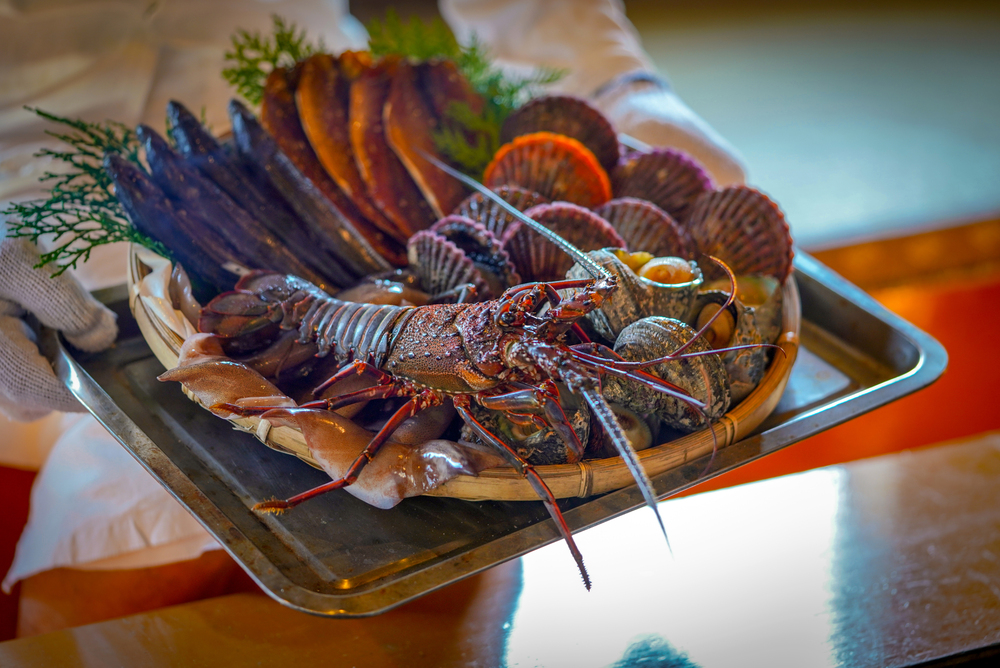
These destinations demonstrate how cultural expressions through food and architecture intertwine to create places that satisfy our most fundamental human desires for nourishment and shelter, elevated to art forms. The distinctive flavors that initially attract travelers often share qualities with the surrounding buildings—both typically reflect local materials, climate adaptations, cultural crossroads, and historical narratives.
For travelers willing to lift their gaze from their plates, these cities offer visual compositions as carefully crafted as their signature dishes, proving that the most memorable destinations engage all our senses simultaneously.
More from Travel Pug

- Cities Growing so Fast You Won’t Recognize Them in 10 Years
- 13 Destinations Where Tourists Regularly Regret Their Trip
- 20 Obscure WWII Sites Even History Buffs Don’t Know About
- 10 Under-the-Radar Mountain Towns That Are Both Affordable and Beautiful
- Remote Villages in Europe Where You Can Live for Free in Exchange for Work
Like Travel Pug’s content? Follow us on MSN.
